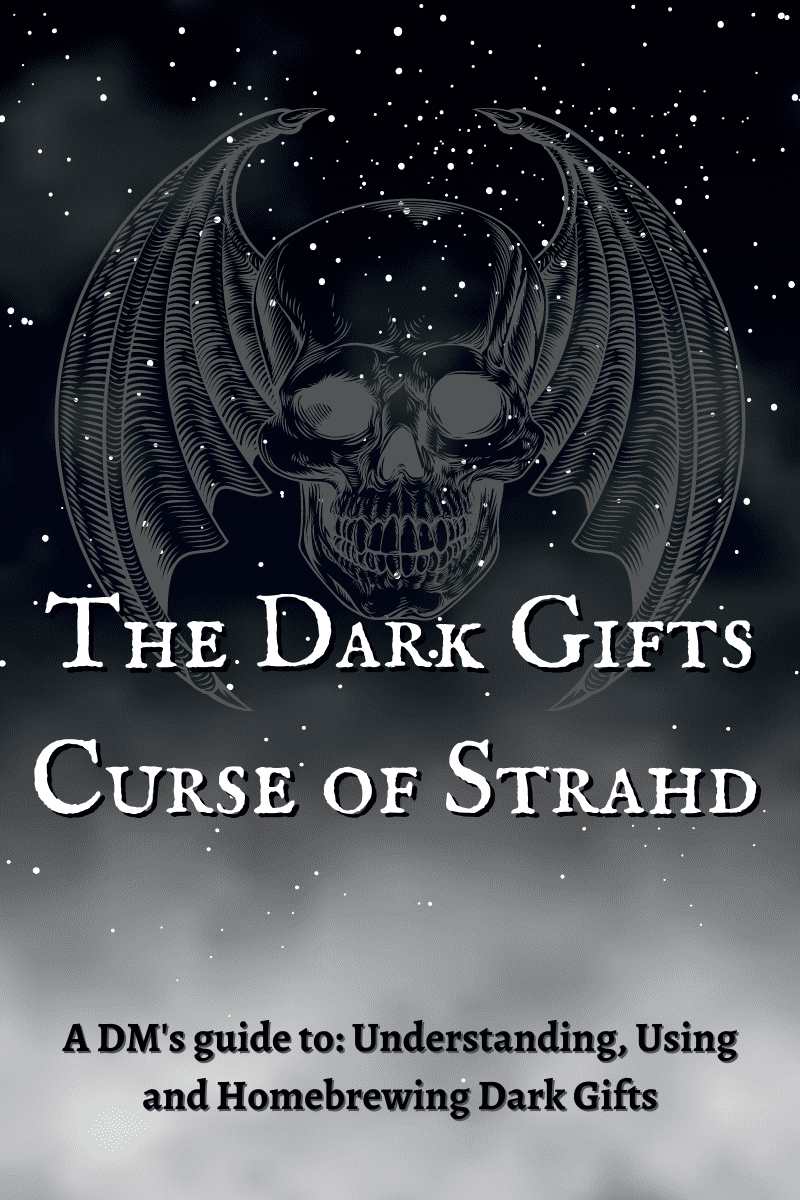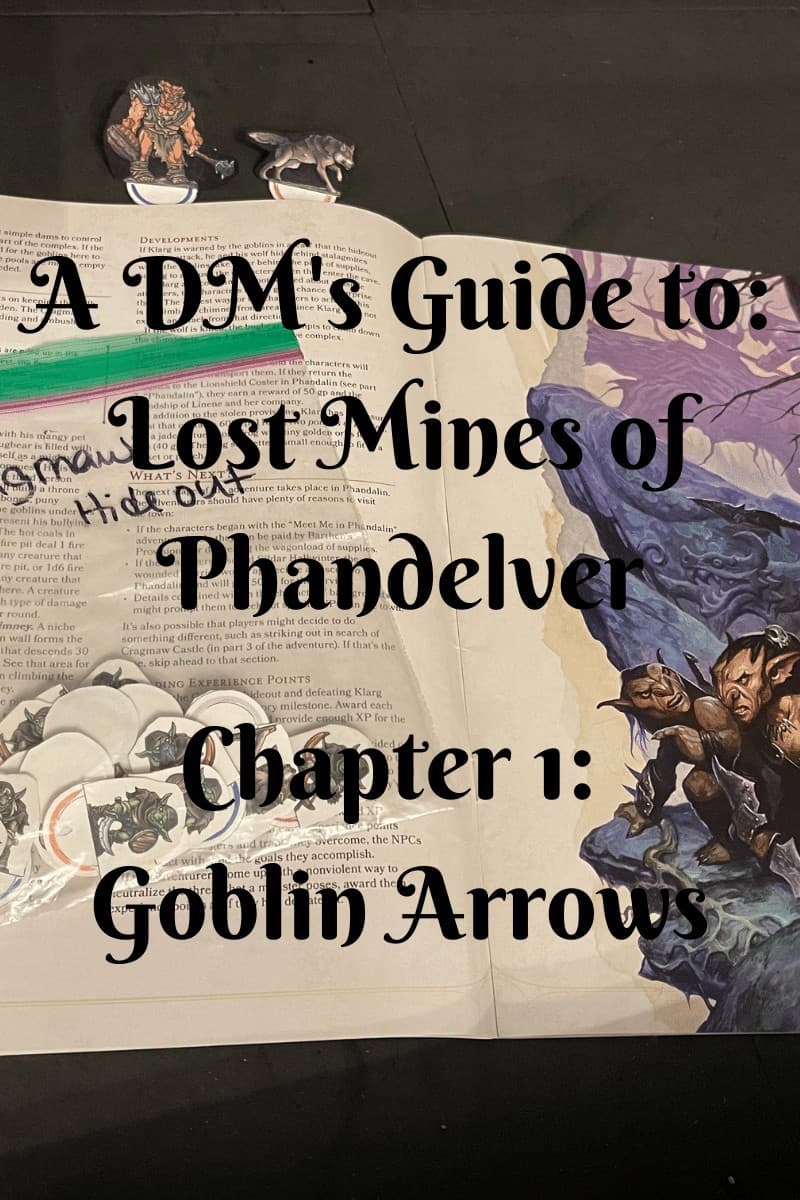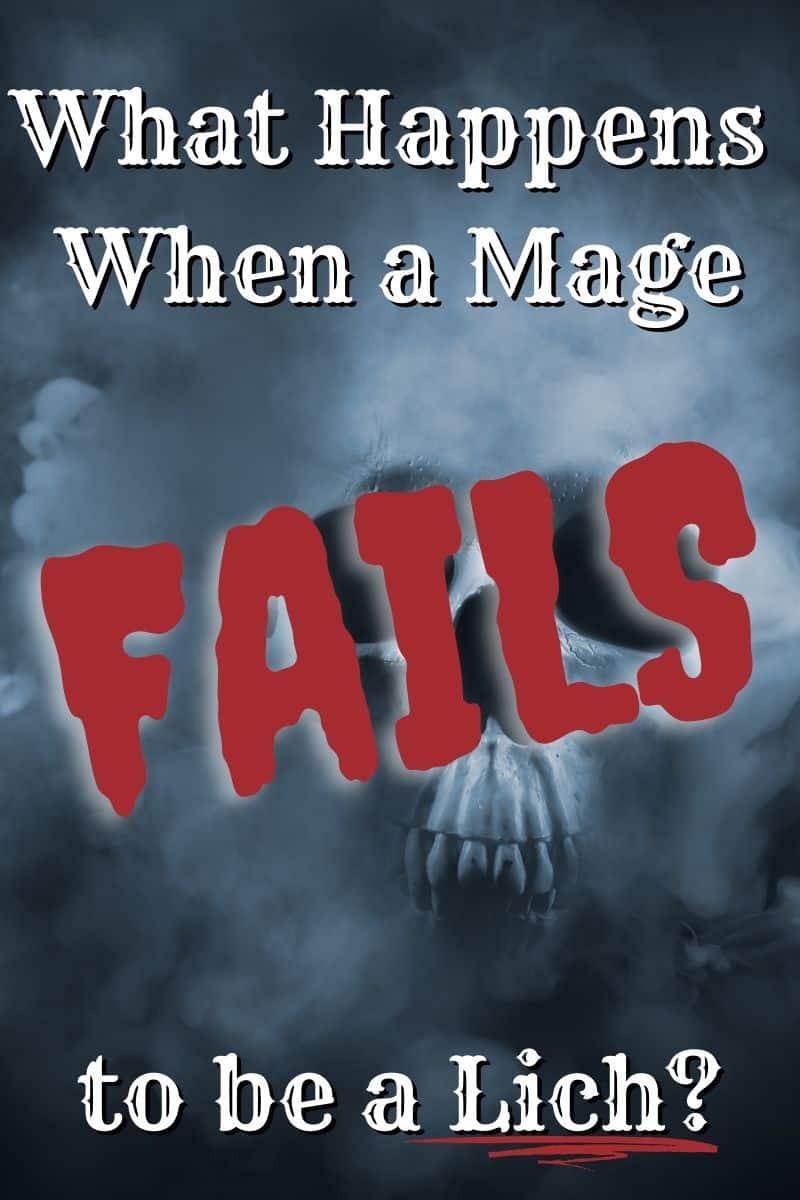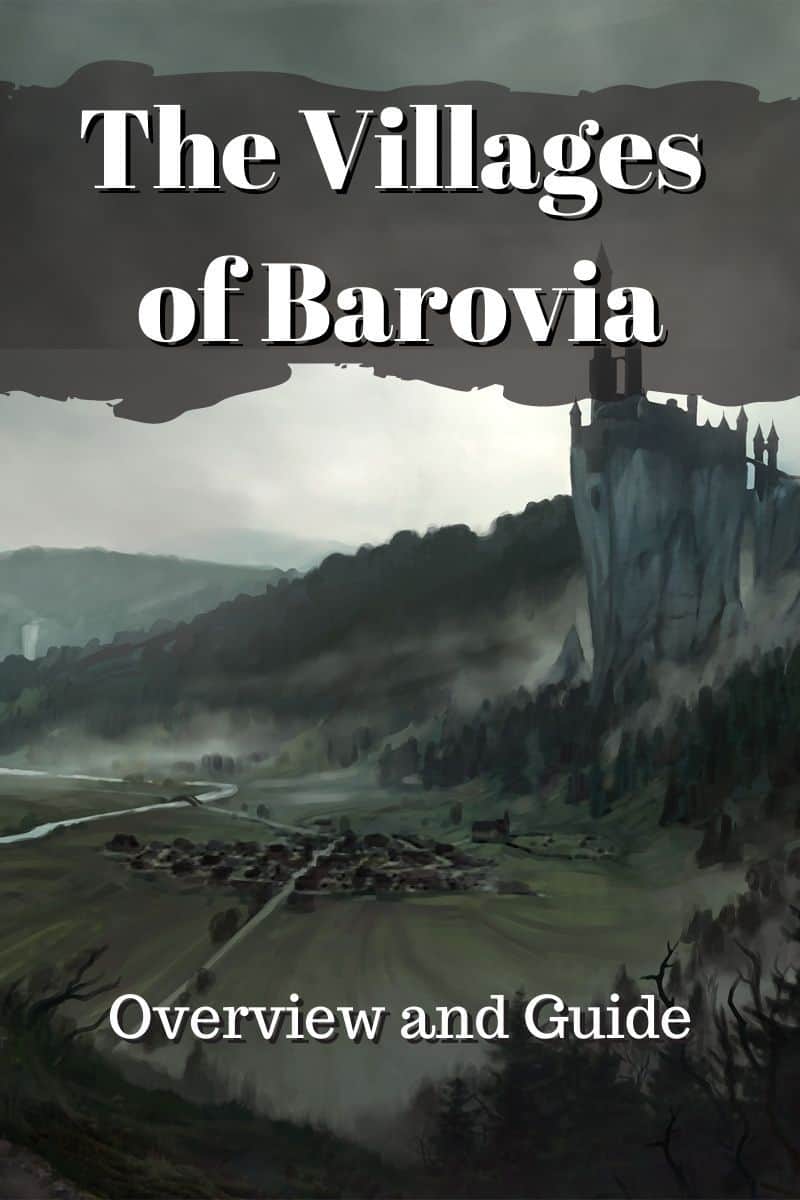The Amber Temple

Your players survived the dangers of Tsolenka Pass to find themselves here, at the entrance of the famed Amber Temple.
A two-thousand-year-old fortress, this cave-like temple has stood the test of time. Originally forged by wizards hoping to protect Barovia from evils, the Amber Temple succumbed to darkness after centuries of harboring forbidden knowledge, dark secrets, and evil relics.
At some point, no one is quite sure when, Exethanter, the archmage, established himself as ruler of the temple and with help from the Dark Powers that dwelled there transformed into a lich. In recent years the lich has grown fail, with weakness of body and of mind.
Curious about what happens when a Wizard tries to become a Lich, like Exethanter but fails? Check out this article I wrote on the cool monsters that come from this process!

Now the Dark Powers of the temple are fed by Strahd’s darkness. Before the curse befell Barovia, Strahd had visited the temple to seek out the power and knowledge it harbored. With the help of Exethanter and the Dark Powers, he was able to kill his brother and create the blood pact that transformed him into a vampire.
This bargain whisked Barovia away to its damned demi-plane. Strahd still visits the temple in hopes of gaining new knowledge to escape his immortal existence, while the spirits and vestiges themselves vow to never release him from his fate. In a dark symbiosis of coexistence, his presence sustains the evil in this mountain.
The good wizards conjured all their protective power when creating this massive vault, and with 40+ rooms to be explored there is a lot to be discovered and endured. For your players, entry into the temple is as easy as walking down the exposed staircase. Finding and retaining its secrets, however, is a whole other ordeal.

Want something special for your campaign? Try a custom cloth map of the Amber Temple! Allow your players to find it in a Vistini camp or at Castle Ravenloft and make it a fun part of your game to find the hidden Temple! Order your map at Geekify Inc!
What is a Dark Gift?
Housed with The Amber Temple are six vaults (or tombs) holding sources of ancient and powerful evil magic. If players interact with and accept the deal of these ancient evils, they will gain a boon. Each of the gifts is detailed below and it is important to remember the following about Dark Gifts:
- Players may have only 1 Dark Gift active at a time.
- Players don’t know the nature of the gift until they accept it.
- Many of these Gifts are only temporary
- Every gift comes with a drawback which lasts forever, unlike the benefit.
- Accepting a gift has the potential to make a PC evil. The book states that an evil PC is turned into an NPC under the DM’s control, but you can do what you want with this.

How are These Different than the Dark Gifts in Van Richten’s Guide to Ravenloft?
Starting on page 22 of Van Richten’s Guide to Ravenloft (link takes you to a local shop’s website to purchase it if you would like it) there are 7 additional Dark Gifts explained. Much like in CoS, the player must make a deal with a dark force to receive the benefit and there are some drawbacks.
When a player is creating their character, they can tie a Dark Gift into their backstory or work with the DM to obtain a Dark Gift through the course of the game. However, these gifts are quite a bit different than the gifts listed in CoS.
Here is a quick overview of the differences in the Dark Gifts from Van Richten’s:
- The gift gives the player 3 benefits instead of just one
- The gift is permanent not temporary
- The drawbacks are much more character driven instead of physical
If after reading these gifts you prefer them to the gifts listed in CoS, you can most certainly swap them out. I find Van Richten’s gifts to be much more interesting, useful, and tempting to my players. You can also make your own Dark Gifts to fit your players! More on how to do that below!
Dark Gifts in CoS: Let’s Break Them Down!

In the lower level of the Amber Temple stand 6 Vaults of glazed amber (hence the name of the temple), each its own beautiful color. Within each of them stand 3 Amber Sarcophagi (18 total), each containing a Dark Gift to be endowed to the creature that seeks it.
Dark Gifts are obscure in nature; they provide power but leave out how the power is manifested (perhaps by a spell, or a mutation) and at what cost.
After a creature accepts the gift they learn how the gift works and discover what permanent change they will endure. Finally, all creatures must throw their Moral Alignment to chance: A Charisma saving throw will reveal if they become evil.
If they succumb to evil the character becomes an NPC (which can be played by the player or the DM).
And so we begin:
(1) Sarcophagi in the Vault of Shalx

Dark Gift of Fekre: The Gift of Spreading Disease
Function: Cast “Contagion” spell as an action; disappears after its 3rd use.
Drawback: Beneficiary reeks of filth, forever.
Dark Gift of Zrin-Hala: The Gift of Lightning
Function: Cast “Lightning Bolt” spell as an action; disappears after its 3rd use.
Drawback: One side of the beneficiaries face sags and loses all feeling, forever.
Dark Gift of Sykane: The Gift of Resurrection
Function: Cast “Raise Dead” spell as an action; disappears after its 3rd use.
Drawback: The beneficiary’s eyes glow a sickly yellow until the dark gift vanishes. Also this trait: “If I help someone, I expect payment in return.” (forever)
(2) Sarcophagi in the Vault of Maverus

Dark Gift of Savnok: The Power to Shield the Mind
Function: Cast “Mind Blank” spell for one year.
Drawback: The beneficiary’s eyes melt away upon receiving this dark gift, leaving empty sockets that can still see, forever.
Dark Gift of Tarakamedes: The Power of Flight
Function: The beneficiary grows skeletal wings and gains a flying speed of 50 feet.
Drawback: The beneficiary must eat bones or grave dirt to survive. At dawn, if the creature has not eaten at least 1 pound of bones or grave dirt in the past 24 hours, it dies. (forever)
Dark Gift of Shami-Amourae: The Power of Persuasion
Function: Cast “Suggestion” spell as an action; disappears after its 3rd use.
Drawback: An extra finger grows on each hand. Also this trait: “I can’t get enough pleasure. I desire others to create beauty for me at all times.” (forever)
(3) Sarcophagi in the Ghastly Vault

Dark Gift of Drizlash: The Power to Walk on Walls and Ceilings
Function: Allows its beneficiary to climb difficult surfaces, including upside down on ceilings, without needing to make an ability check.
Drawback: The beneficiary grows an extra eye somewhere on its body. The eye is blind and ever open, forever.
Dark Gift of Dahlver-Nar: The Power to Live Many Lives.
Function: The beneficiary instantly reincarnates when it dies; a new body appearing within 10 feet of the old one. Disappears after its 3rd use.
Drawback: The beneficiary of this dark gift loses all of its teeth until it reincarnates for the third and final time.
Dark Gift of Zantras: The Power of Great Presence and Force of Personality
Function: Increases the beneficiary’s Charisma by 4, up to a maximum of 22.
Drawback: The beneficiary gains the following flaw: “I won’t take no for an answer.” (forever)
(4) Sarcophagi in the Breached Vault

Dark Gift of Delban: The Power to Unleash Deadly Cold
Function: Cast “Cone of Cold” spell as an action; disappears after 7th use. Beneficiary also gains “Ring of Warmth” until it vanishes with “Cone of Cold.”.
Drawback: The beneficiary gains the following flaw: “Fire terrifies me.” (forever)
Dark Gift of Khirad: The Power of Divination
Function: Cast “Scrying” spell as an action; disappears after its 3rd use.
Drawback: The beneficiary’s voice becomes a low whisper, and its smile becomes cruel and evil, forever.
A Missing Gift: This sarcophagus has shattered in a way that suggests the vestige inside somehow broke free.
(5) Sarcophagi in the Vault of Harkotha

Dark Gift of Yrrga: The Power of True Seeing
Function: Truesight 60 feet; disappears after 30 days.
Drawback: The beneficiary’s eyes become starry voids until the dark gift vanishes. Also gains the following flaw: “I believe that all life is pointless and look forward to death when it finally comes.” (forever)
Dark Gift of Great Taar Haak: The Gift of Great Strength
Function: The beneficiary gains the benefit of a Belt Of Fire Giant Strength (changes their strength to 25); disappears after 10 days.
Drawback: The beneficiary gains the following flaw: “I like to bully others and make them feel weak and inferior.” (forever)
Dark Gift of Yog: The Gift of Physical Resilience
Function: The beneficiary’s hit point maximum is increased by 30; disappears after 10 days.
Drawback: Oily black fur covers the beneficiary’s face and body, forever.
(6) Sarcophagi in the Vault of Thangob

Dark Gift of Norganas: The Power to Turn Life into Undeath
Function: Cast “Finger of Death” spell as an action; disappears after 3rd use.
Drawback: This dark gift turns the beneficiary’s blood pitch black and viscid, like tar, forever.
Dark Gift of Vaund: The Power of Evasion
Function: This dark gift grants its beneficiary the benefits of an Amulet Of Proof Against Detection And Location and a Ring Of Evasion; disappears after 10 days.
Drawback: The beneficiary becomes twitchy and nervous, and also gains the following flaw: “I can’t give a straight answer to any question put to me.” (forever)
Dark Gift of Seriach: The Power to Summon and Control Two Hell Hounds
Function: Use an action to summon 2 hell hounds. Beneficiary also gains the ability to speak and understand Infernal, the language of the hell hounds.
Drawback: Sulfurous smoke issues from the beneficiary’s pores whenever he or she speaks Infernal, forever.
Homebrewing Your Own Dark Gifts
The gifts provided in the Handbook are creative and powerful, but maybe you’d like to try your hand at a few unique ones. Perhaps a character gains the power to become an animal at will, and in turn, every time they transform back they retain one physical trait of the creature.
A Character gains 15 arrows that never miss their mark, only to leave its keeper with an eternal stutter. Can they gain invisibility, to be cursed with the inability to keep a secret?
If you wanted you could keep the gifts above while changing the drawback to better fit your party: It could be you bestow the Belt of Fire Giant Strength, but at the end of the 10 days the beneficiary’s hand shrivels up forever…
Whatever you come up with, keep in mind: What power might tempt your players, regardless of its cost?
I hope this helps to give your game advantage!





























































